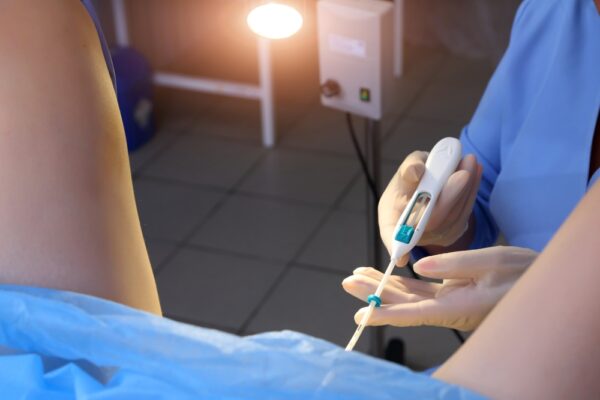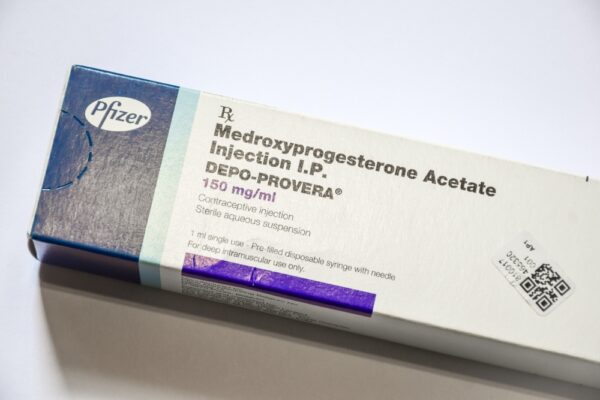In People v. Ho, the Appeals Court of California examined a case involving the people of California as the plaintiff and Melissa Ho as the defendant. Melissa Ho appeals a judgment that convicted her of “vehicular manslaughter along with gross negligence and reckless driving with great bodily injury.” She was sentenced to six years and eight months in prison. On appeal, she claims that the trial court was wrong in admitting evidence that she had taken drugs and alcohol the night before the accident and that she was consuming prescription drugs for her past heroin addiction. She also claimed that the court erred in admitting photos of one of the accident’s victims, and also made a few instructional errors.
Lastly, she argued that the trial counsel rendered unhelpful assistance by refusing to object to hearsay testimony that friends attempted to persuade her not to drive the morning of the accident, and that the prosecutor performed misconduct by appealing to the emotional prejudice of the jury. There was no error found, and so we affirm the judgment.
With the charges of vehicular manslaughter with gross negligence and reckless driving with great bodily injury, the defendant also allegedly had previously been convicted of driving under the influence of alcohol.
A summary of that night was presented at trial. On August 15, 2014, the defendant attended a party at a friend’s house where alcohol, marijuana, cocaine, Xanax and Adderall were available. Before leaving in the morning, a friend approached the defendant and said it was a bad idea for her to drive “because she hadn’t slept all night and did drugs and alcohol.” Ho decided to leave anyway.
At 11:00am, the defendant rear-ended Te Hung Chang on Interstate Highway 880. They both pulled to the side of the road after the collision, and Ho pulled out her license and insurance while apologizing for the accident. Chang stated he didn’t notice anything odd about the defendant’s behavior or physical movements. The defendant then called her mother to bring another car, so she could get to work.
The defendant’s mother brought her Volvo to the scene, where the defendant quickly left to go home and get changed before work. About an hour later, the defendant in the Volvo crashed into Damien Johnson, William Sampson and tow truck driver Michael Andrade on the shoulder of Interstate Highway 880 in Milpitas. The Volvo crashed into Johnson’s BMW and killed Sampson and injured Andrade, who had broken his leg and hence, suffered “great bodily injury.”
The police arrived at the scene, where they stated they did not notice any signs of driving under the influence. The defendant then gave three explanations for the accident. The first was that she was attempting to merge into another lane on the highway when she crashed into the BMW. She added that she was a recovering heroin addict but had not used the drug since May. The second explanation was that she fell asleep or blacked out before the accident, possibly due to the beer and marijuana she had consumed the night before, as well as the Trazodone and Gabapentin drugs she was taking for her recovery. The third explanation was that she had only consumed beer and marijuana, but her toxicology reports revealed that she taken cocaine at work, consumed Xanax at the party, and took an Adderall the morning of the accident.
The defendant’s urine sample did test positive for amphetamine, benzodiazepine, cocaine, opiates and THC. However, the toxicology expert explained that he could not indicate whether the defendant was under the influence of these drugs at any given time, and only a blood test can do this.
The specific combination of the drugs that were affirmed to be in the defendant’s system at the time of the fatal collision suggested that she could have definitely blacked out or had a significant seizure that lead to her accident. The jury had found the defendant guilty as charged, and Ho was sentenced to six years and eight months in prison.
On appeal, the defendant argues that the evidence admitted pertaining to her consuming drugs and alcohol the night before were wrongly given, and that she had only taken Gabapentin and Trazodone for her former heroin addiction. She alleged that this evidence is irrelevant because there was no actual scientific proof that these drugs caused the fatal crash, and that any assumption that she was under these drugs during the accident was pure speculation.
However, the trial court found that the evidence of the defendant’s drug use was “extremely relevant based on the context of this case.” Our appeals court decided to review the trial court’s determination regarding the relevance of the evidence. We do agree, however, with the trial court that the relevant question isn’t whether the defendant was intoxicated at the time of the accident, but whether she acted from gross negligence.
The trial court explained that the evidence was indeed relevant in order to prove the defendant acted with gross negligence, and so there was no error found in the admission of this evidence.
The appeals court found that the jury actually was properly instructed on gross negligence and reckless negligence, and so there was no actual instructional errors. The prosecutor disputed that the defendant’s action of taking drugs and alcohol, staying awake all night, and deciding to drive at a high speed after already causing an accident proved gross negligence to the jury.
It was also found that the trial counsel was not ineffective in failing to object to hearsay testimony that two people other than the witness attempted to discourage the defendant from driving. With all of the other evidence presented, this absence of proper instruction was found to not reasonably affect the outcome of the trial. Finally, it was found that photographs of Sampson’s injuries were properly admitted as evidence, and that the prosecutor did not err by referencing Sampson’s severed leg. So, the judgment is affirmed by the appeals court.

Nationally recognized litigation attorney Thomas Metier practice areas include traumatic brain injuries, spinal cord injuries, trucking accidents and motor vehicle accidents. He is licensed to practice in Colorado, Wyoming, the U.S. District Court–District of Colorado, and the U.S. District Court–District of Wyoming, the 10th Circuit Court of Appeals and the U.S. Supreme Court.










Comments for this article are closed.